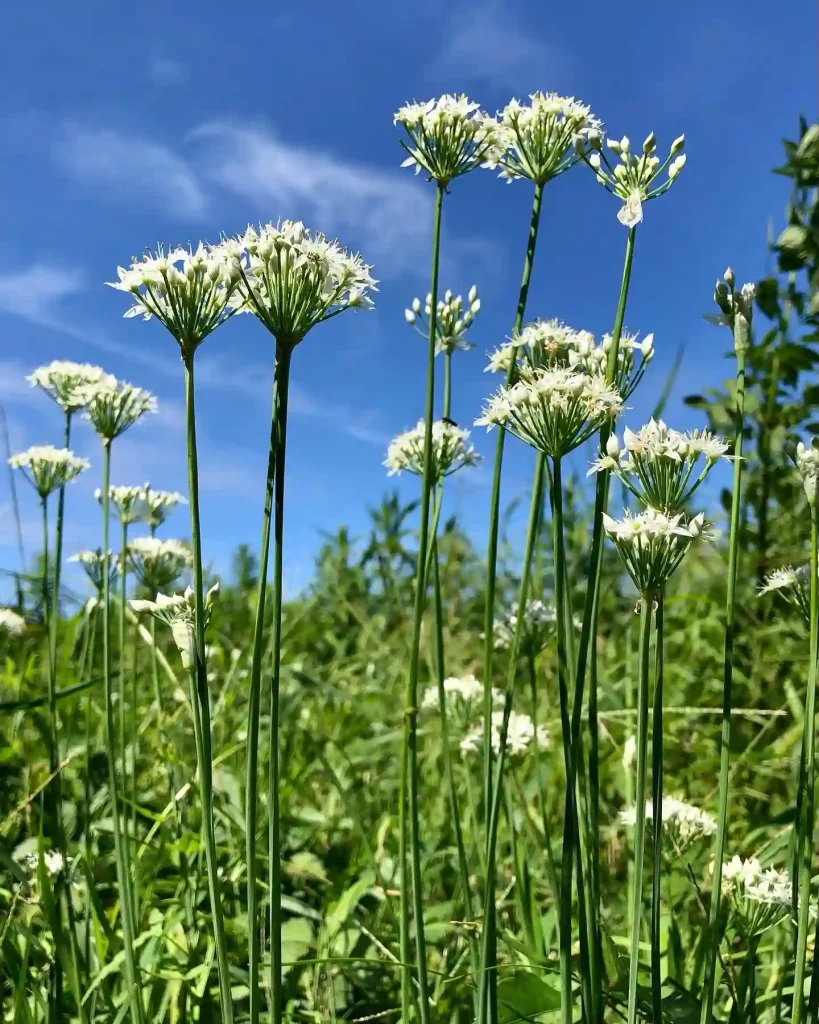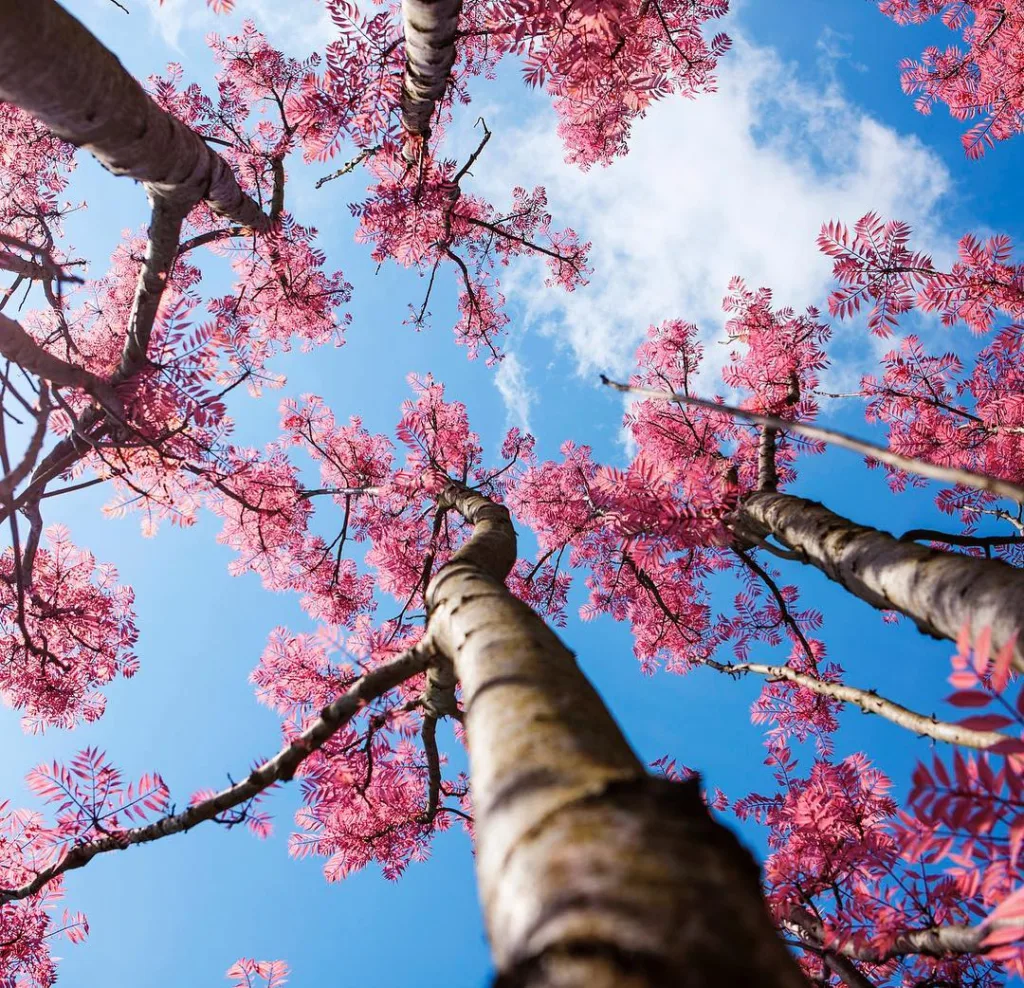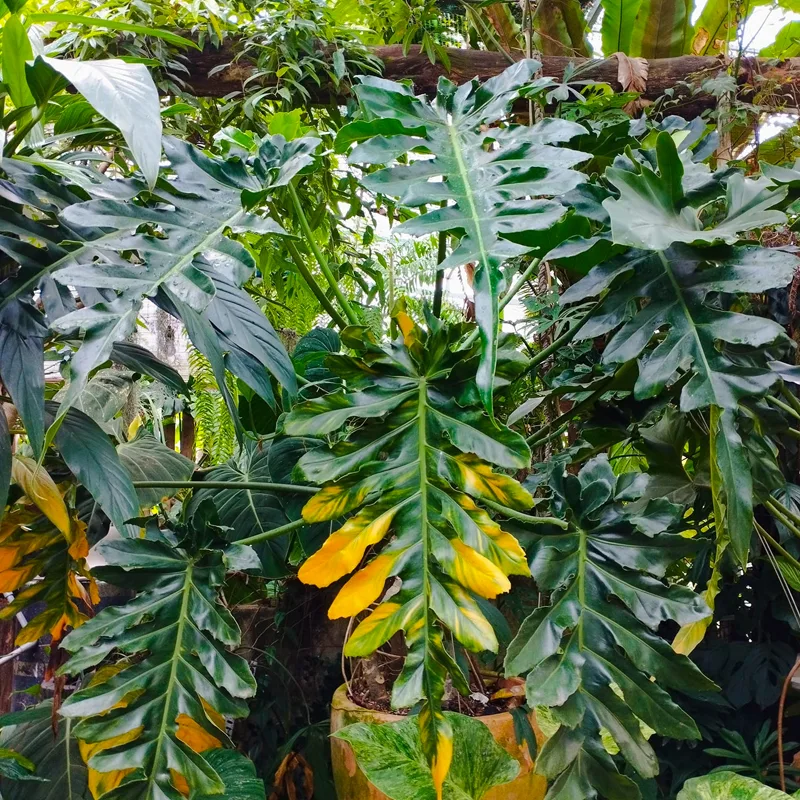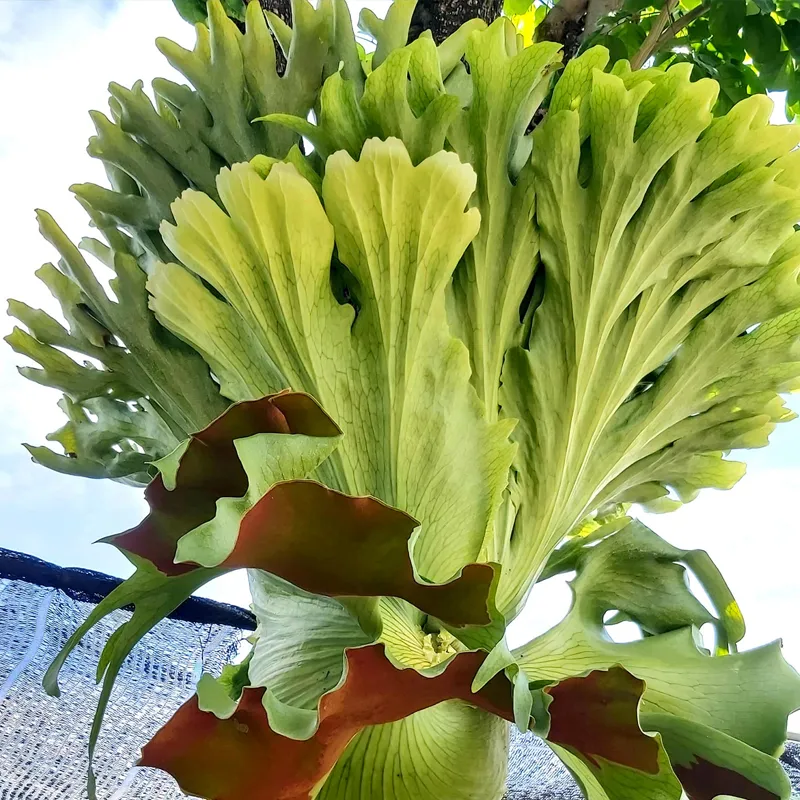FAQs About Physocarpus Monogynus
Physocarpus Monogynus, commonly known as Ninebark, is a plant I’ve grown quite fond of over the years. It’s known for its unique bark and vibrant foliage. If you’re considering adding this beauty to your garden, you might have a few questions. Here’s a comprehensive guide based on my personal experience with Physocarpus Monogynus.
7 Species in Genus Physocarpus
What is Physocarpus Monogynus?
Physocarpus Monogynus, or Ninebark, is a deciduous shrub native to North America. It’s renowned for its distinctive peeling bark, which peels away in strips, revealing a fresh, new layer underneath. This feature gives the plant its name. It’s also known for its clusters of small white to pink flowers that bloom in late spring to early summer and its foliage that changes color with the seasons.
How to Care for Physocarpus Monogynus?
Caring for Physocarpus Monogynus is relatively straightforward, and it has become one of my favorite shrubs due to its low maintenance needs.
- Sunlight: Ninebark thrives in full sun to partial shade. In my experience, it performs best with at least six hours of direct sunlight each day. However, it can tolerate some shade, especially in hotter climates.
- Soil: This shrub is adaptable to various soil types but prefers well-draining soil. It can handle poor soil conditions and is quite drought-tolerant once established. I’ve found it grows well in both sandy and clay soils, as long as the soil drains well.
- Watering: Regular watering is essential, particularly during the first year of growth. Once established, it is quite drought-resistant. I water it once a week during dry periods and let the soil dry out between waterings.
- Pruning: Pruning is essential to maintain the shape and health of Physocarpus Monogynus. I typically prune it in late winter or early spring before new growth starts. This helps remove any dead or damaged branches and promotes a dense, bushy form.
- Fertilizing: Ninebark doesn’t require heavy fertilization. I usually apply a balanced fertilizer in early spring to encourage vigorous growth and flowering.
How to Propagate Physocarpus Monogynus?
Propagating Physocarpus Monogynus can be a fun and rewarding experience. Here’s how I’ve done it successfully:
- From Cuttings: Take softwood cuttings in early summer. I cut about 4-6 inches long from the tips of healthy stems. Dip the cut ends in rooting hormone and plant them in a pot filled with a mix of perlite and peat. Keep the soil moist and place the pot in a warm, bright location.
- From Seeds: You can also propagate Ninebark from seeds. Stratify the seeds by placing them in the refrigerator for about 30 days before sowing them in seed-starting mix. Keep the soil consistently moist and provide plenty of light.
What to Plant With Physocarpus Monogynus?
Physocarpus Monogynus pairs well with a variety of plants. In my garden, I’ve successfully combined it with:
- Evergreens: Planting it alongside evergreen shrubs like Boxwood or Arborvitae creates a nice contrast in texture and color.
- Perennials: Try combining Ninebark with perennials like Daylilies or Echinacea. Their colors complement the foliage of Ninebark beautifully.
- Grasses: Ornamental grasses such as Miscanthus or Panicum provide a nice textural contrast and add movement to the garden.
Benefits of Physocarpus Monogynus
Physocarpus Monogynus offers several benefits in the garden:
- Ornamental Appeal: Its peeling bark and vibrant flowers make it an attractive addition to any landscape.
- Wildlife Friendly: The flowers attract pollinators like bees and butterflies. Birds also enjoy the seeds.
- Low Maintenance: It’s a hardy plant that requires minimal care once established, making it perfect for low-maintenance gardens.
Toxicity
Physocarpus Monogynus is not known to be toxic to humans or pets. It’s safe to grow in gardens where children or pets might be present. However, as with any plant, it’s a good idea to keep an eye on pets to ensure they don’t chew on the foliage.
Common Problems
While Physocarpus Monogynus is generally resilient, it can face a few issues:
- Pests: Occasionally, I’ve encountered aphids or spider mites. These can usually be controlled with insecticidal soap or a strong jet of water.
- Disease: It’s susceptible to powdery mildew in humid conditions. I’ve found that improving air circulation around the plant helps prevent this issue.
- Winter Damage: In very cold climates, the plant may suffer from winter dieback. Mulching around the base in late fall helps protect the roots from extreme temperatures.
Compare with Other Similar Plants
If you’re considering Physocarpus Monogynus, you might also look at:
- Physocarpus Opulifolius (Common Ninebark): This variety is more common and has similar care requirements but tends to have a different bark texture and foliage.
- Spiraea (Spirea): Spiraea also offers attractive flowers and can be a good alternative if you’re looking for a shrub with similar ornamental qualities.
In my experience, Physocarpus Monogynus stands out for its unique bark and low maintenance requirements. It’s a great choice for adding texture and interest to your garden. Whether you’re a seasoned gardener or a beginner, this plant is worth considering for its beauty and ease of care.
If i die, water my plants!



